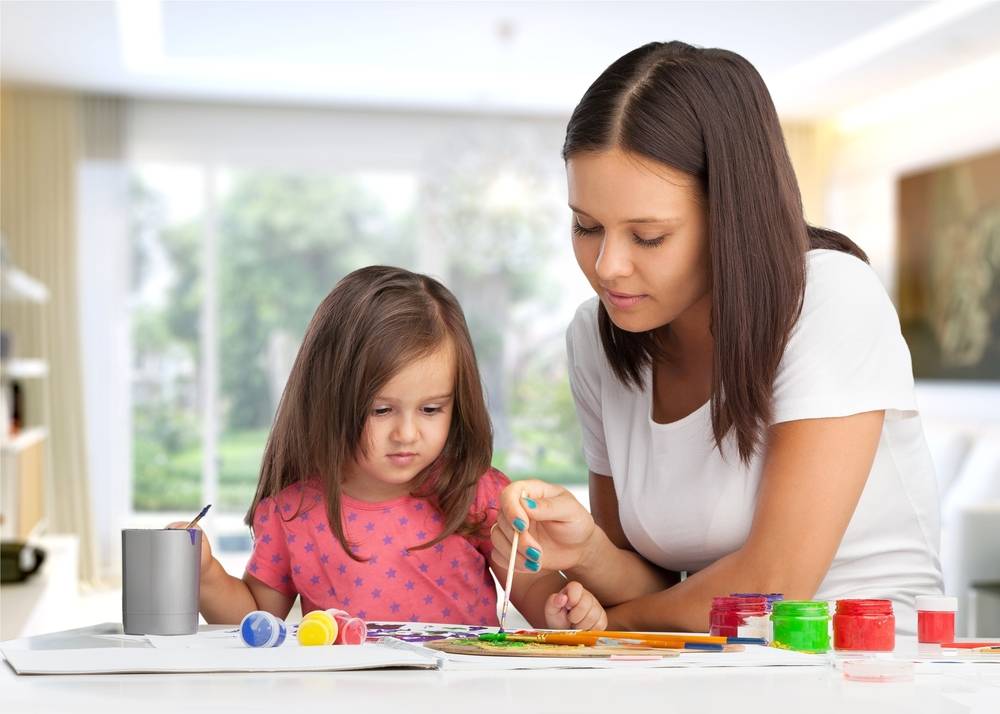Teaching play skills to a child with autism can be a challenging task for parents and caregivers, but with patience and consistency, it can be done. Play is an important part of a child’s development, and it can help children with autism learn new skills, express themselves, and build relationships. In this blog post, we’ll explore some tips and strategies for teaching play skills to a child with autism.
Difficulties for children with autism
First, it’s important to understand that children with autism may have difficulty with social interactions and may not understand the rules of play. They may also have difficulty with communication and may not be able to express themselves or understand what others are saying. This can make it difficult for them to participate in play with other children.
Learn play skills
To help a child with autism learn play skills, it’s important to start with simple activities and gradually build up to more complex ones. For example, you can start by playing with blocks or stacking cups, and then move on to more advanced activities like building with LEGOs or playing with action figures. It’s also important to provide a structured and predictable environment for the child, and to set clear boundaries and rules for play.
Use of visual aids
Another important strategy for teaching play skills to a child with autism is to use visual aids. Children with autism often have difficulty with language, so using pictures or videos can help them understand what you’re trying to say. You can also use social stories or comic strips to help the child understand different social situations and how to interact with others.
Positive reinforcement
It’s also important to use a lot of positive reinforcement when teaching play skills to a child with autism. Positive reinforcement is a way of rewarding the child for good behavior, and it can be a powerful tool for encouraging the child to learn new skills. For example, you can give the child a sticker or a small treat when they complete a task correctly.
Use play therapy.
Another key strategy for teaching play skills to a child with autism is to use play therapy. Play therapy is a form of therapy that uses play as a way to help children express themselves and work through difficult emotions.
Play therapy can be a great way to help a child with autism learn new skills and build relationships.
Patient and Consistency
Lastly, it is important to be patient and consistent when teaching play skills to a child with autism. Children with autism often need more time to learn new skills, and they may need to be taught the same thing multiple times before they understand it. It’s important to be patient and to not get frustrated with the child when they don’t understand something right away.
Challenging task
Overall, teaching play skills to a child with autism can be a challenging task, but with patience and consistency, it can be done. By starting with simple activities, using visual aids, providing a structured and predictable environment, using positive reinforcement, play therapy and being patient.
Conclusion
it is possible to help a child with autism learn new skills, express themselves and build relationships. Remember that every child is different, so it may take some trial and error to find the strategies that work best for your child.








